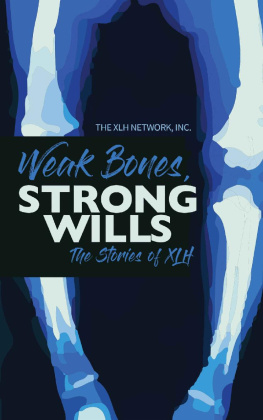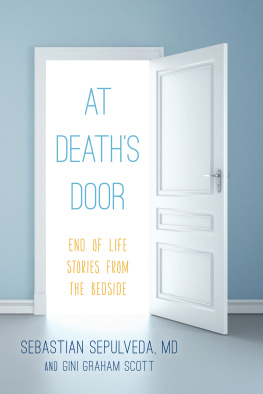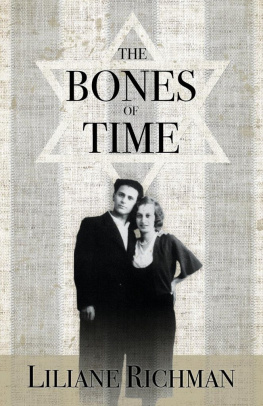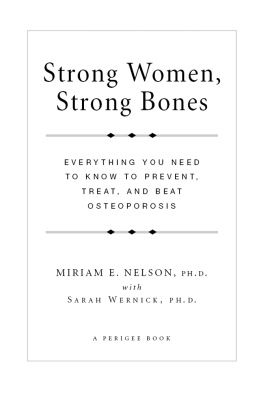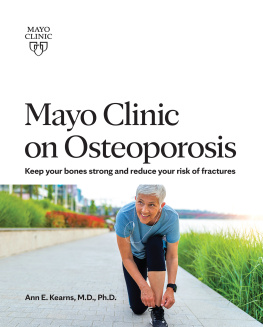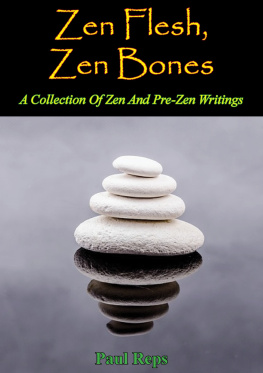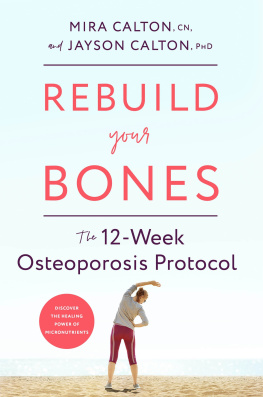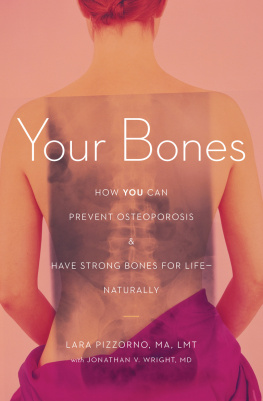Weak Bones,
Strong Wills
The Stories of XLH
The XLH Network, Inc.
Copyright 2017 by The XLH Network, Inc.
All rights reserved. No part of this publication may be reproduced, distributed, or transmitted in any form or by any means, without prior written permission.
The XLH Network, Inc.
911 Central Avenue #161
Albany, NY 12206
www.XLHNetwork.org
The XLH Network, Inc., is grateful for the contributions of the patients and family members who shared their experiences here and for the volunteers in the patient-support community who came before us in creating the Network's original listserv and then creating and growing the more formal organization.
The XLH Network, Inc., is also grateful for the creativity of our cover artist, Danielle Sypher-Haley.
"What You Mourn" is reprinted with permission from CW Books.
Neither the publisher nor the writers of the essays contained in this book are medical professionals, and the information shared here cannot substitute for qualified, individual medical advice, or consultation. Please read our full disclaimer below.
Weak Bones, Strong Wills, The Stories of XLH -- 1st ed.
Disclaimer The information in this book is provided as a public service and is for informational and educational purposes only.
The XLH Network, Inc. is incorporated in New York State as a not-for-profit corporation, qualifying for 501(c)(3) status as a public charity. It is not engaged in providing medical advice or professional services. Nothing herein should be used for diagnosing any health problem or disease, nor construed as the prescription of medication or treatment for XLH (or the related autosomal hypophosphatemias or TIO) or any other medical condition. In particular, information in this book does not substitute for professional care. The information provided here is designed to support, not replace, the relationship that exists between patients and their existing doctors. If you have XLH (or related hypophosphatemias) or suspect any problem with your health, consult your doctor or other health care provider.
All statements, case histories, stories, narratives, or discussions made within the pages of this book regarding medical or dental symptoms, treatment, or the results thereof, should not be taken as indications of diagnosis, or proof of relief, cure, or even of general use to all. XLH has so many differences in symptom severity that each experience, although similar, should be taken as unique and not necessarily related to the experience of anyone else. All information is for educational purposes only and is not applicable to any individual patient or person. All statements should be checked thoroughly with the source and/or your own medical supporters and caregivers.
Unless otherwise stated, the information on these pages has not been written by medical professionals nor by individuals with any specialized medical or legal training. Every effort has been made to ensure the accuracy of the information herein, but The XLH Network, Inc., can neither be held responsible for such information nor be held responsible for information on linked sites.
Statements by general members of the Network do not necessarily represent the opinions of The XLH Network, Inc. Statements made herein by employees, officers, and board members of The XLH Network, Inc., reflect only the individual person's opinion unless the position is specifically stated to be the position of The XLH Network, Inc.
CONTENTS
INTRODUCTION
X-Linked Hypophosphatemia (XLH) and the related autosomal and tumor-induced hypophosphatemias are metabolic bone disorders characterized by the wasting of phosphorus, leading to soft, poorly mineralized bones.
That sounds pretty simple, right?
Even when you add in the whole panoply of related symptoms, it does not sound so bad. Just looking at the objective, quantifiable symptoms, we've got the following (to varying degrees, depending on the severity of the individual patient's condition): low phosphorus levels in the blood, bowed legs, malformed joints, rickets, osteomalacia, rachitic rosary, short stature, spontaneous dental abscesses, osteoarthritis, enthesopathy throughout the body, nephrocalcinosis, Chiari malformations, tinnitus, hearing loss, bone spurs, pseudofractures, microfractures, and stress fractures.
The medical terms are all so clinical and detached. They are just words. Boxes to check off on a chart. Lab numbers that are flagged as "abnormal." White spots or clouds on X-rays. No big deal.
But if you stop and think about it, you might realize that the XLHers aren't thinking in terms of "low phosphorus in the blood." We're thinking, "I'm exhausted all the time."
We're not thinking, "I have osteomalacia" or "I have improper mineralization of my bones." We're thinking, "It feels like my bone is broken. Sometimes multiple bones. Every single day. And when one stops hurting, another one starts."
We're not thinking, "My bones are soft." We're thinking, "My bones have bent so badly that I can't walk on them." We're not thinking "My posterior longitudinal ligament has calcified." We're thinking, "I can't twist my spine enough to take care of my personal hygiene."
Our bones are soft, our lives are hard, but we are strong and resilient. We persevere, despite all the challenges. But if there's one thing that can slow us down, it's the lack of solid information about the real-life consequences of our rare medical condition. There's so much about living with XLH that isn't in the scientific literature, either because it's never been studied, or because it cannot be reduced to numbers and graphs.
That's why we're here to tell the real stories of XLH and the people affected by it. Not the medical jargon, not the numbers and charts, but the real-life experiences of patients and their families.
DIAGNOSIS
The Science
Hypophosphatemia means "low phosphorus levels in the blood." In patients with XLH and the related phosphate-wasting disorders, it's caused by an excess of a hormone known as Fibroblast Growth Factor 23 (FGF23). The excessive production of the FGF23, in turn, is caused either by a genetic mutation (XLH and the autosomal hypophosphatemias) or by a tumor (Tumor-Induced Osteomalacia).
Phosphorus is required for strong bones (and teeth) and proper muscle function. Without a sufficient supply, patients may develop lower limb deformities (bow or knock-knees), short stature, spontaneous tooth abscesses in the absence of trauma or cavities, bone pain, muscle weakness and calcification of ligaments and tendons.
Since XLH and the autosomal hyposphosphatemias are genetic disorders, they can be transmitted to future generations. Tumor-Induced Osteomalacia is not well understood, but as its name suggests, it appears to be caused by a tumor, rather than a genetic defect.
In addition to inheriting XLH from a parent, it's possible for a spontaneous mutation of the gene to occur at conception, causing XLH to develop, and it is then heritable for future generations in that family.
Diagnosis is relatively straightforward when a parent has already been diagnosed with XLH, but there can still be challenges. Basic blood tests are not always reliable indicators. Sometimes, a parent with mild symptoms may not be aware that she has XLH, because she was a spontaneous case and never correctly diagnosed. In those cases, the parent gets the diagnosis as part of diagnosing the child! In one case, a father with XLH had a daughter who does not have XLH, which should be impossible according to the basic principles of transmission of an X-Linked dominant condition. He had the daughter's genetic test done twice, since the initial result ran contrary to what was known about genetic transmission. The test was correct, and initially he thought he might have had an autosomal version of hypophosphatemia. He wasn't genetically tested until much later, during a KRN23/burosumab trial, when it turned out that he did have the X-Linked dominant version of hypophosphatemia, but in a "mosaic" version, which is extremely rare.
Next page
